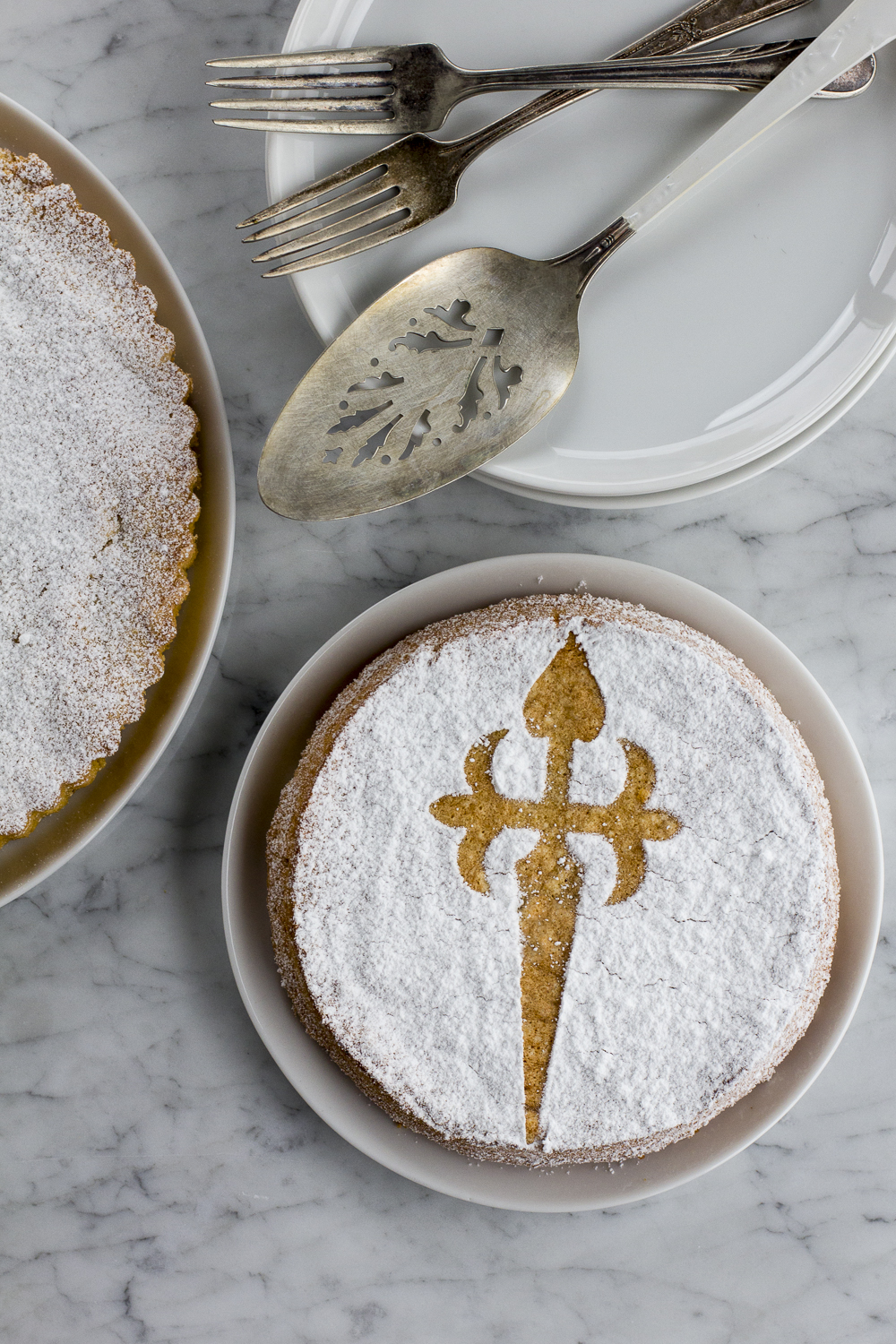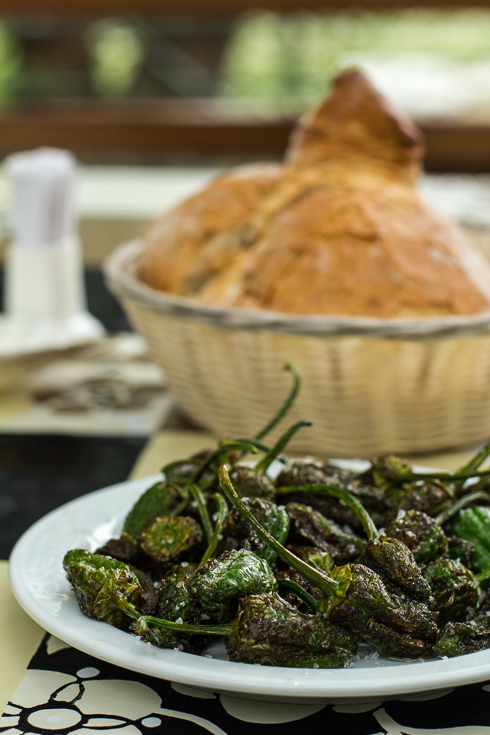Tinto de Verano
This is what we've been drinking lately. It's a childhood favourite. Yes that's right. When we visited Spain when we were kids, we were always permitted to have a small glass of wine cut with some gaseosa, a sort of 7-up /Sprite style drink that is slightly less sweet.
Later on, but still many years ago, when I worked at Expo in Sevilla, now a grown-up, I rediscovered this drink and discovered it had a name: Tinto de Verano or Summer Wine. The bartenders would always ask 'Con limón' or "Con gasesosa?" giving you the option to have it with lemon Fanta which became my preference. Sadly Lemon Fanta is hard to find in Canada, but I have found some good substitutes.
Santa Cruz Lemon Soda or Good Drink Organic Spritzer seem to work well. Both are slightly sweet which makes a good combination with the wine. Although excellent on it's own, I find Lemon San Pellegrino to be far too tart for this particular tipple.
I'd take this drink any day over Sangria which is far too headache inducing for me. When it's really hot, it's the only thing that I want.
Tinto de Verano
Red wine of your choice
Lemon Soda such as Lemon Fanta or Schweppes Limón
Fill a glass with ice, fill halfway with red wine. Fill in the rest of the glass with lemon soda.
Sip and enjoy.




















































